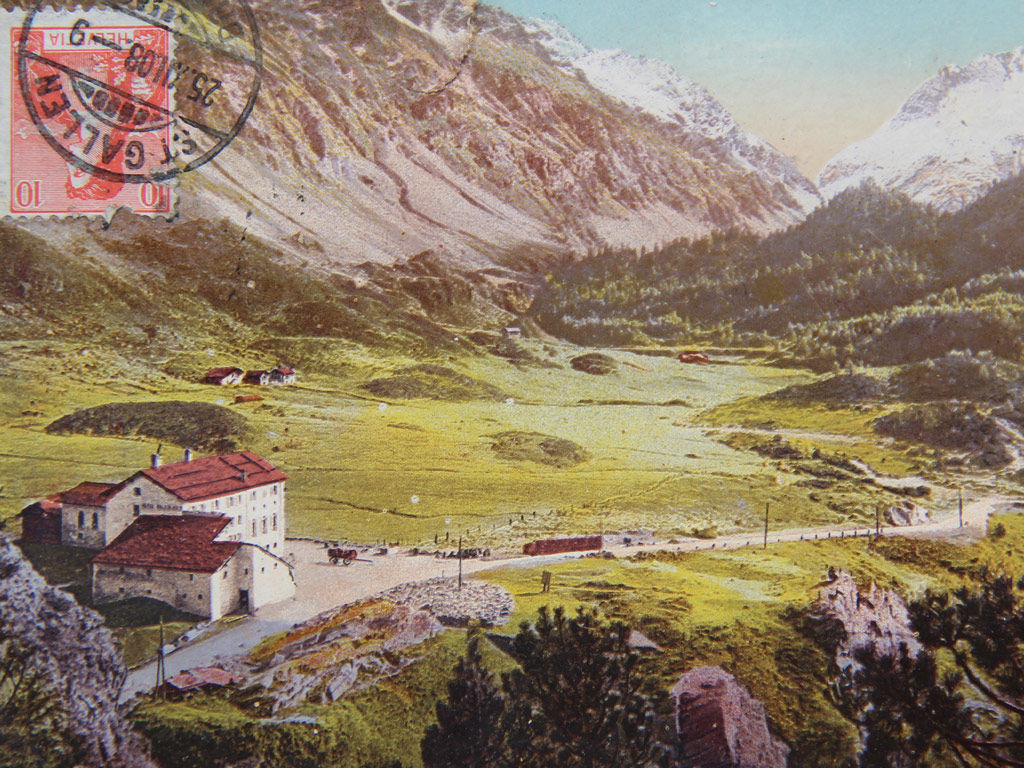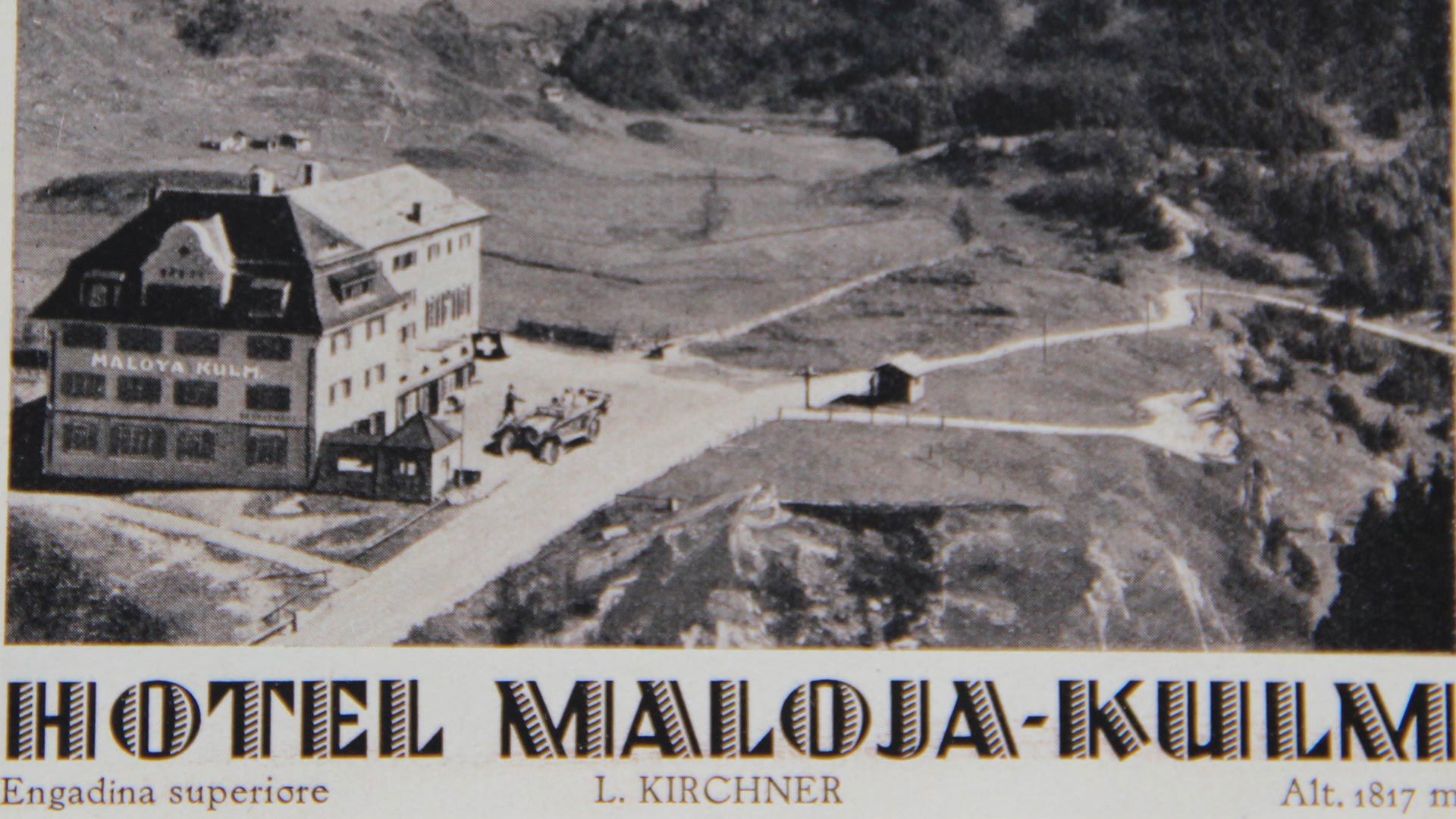



Maloja Pass already held considerable importance in Roman times as an intermediate stage for the transit of people and goods between northern and southern Europe, following the route Valtellina – Muretto Pass – Maloja – Engadin – Julier Pass.
The Maloja Kulm building is the oldest hotel in Maloja.
Characterized by two main structures, it has taken on its present form after numerous alterations carried out over the centuries.
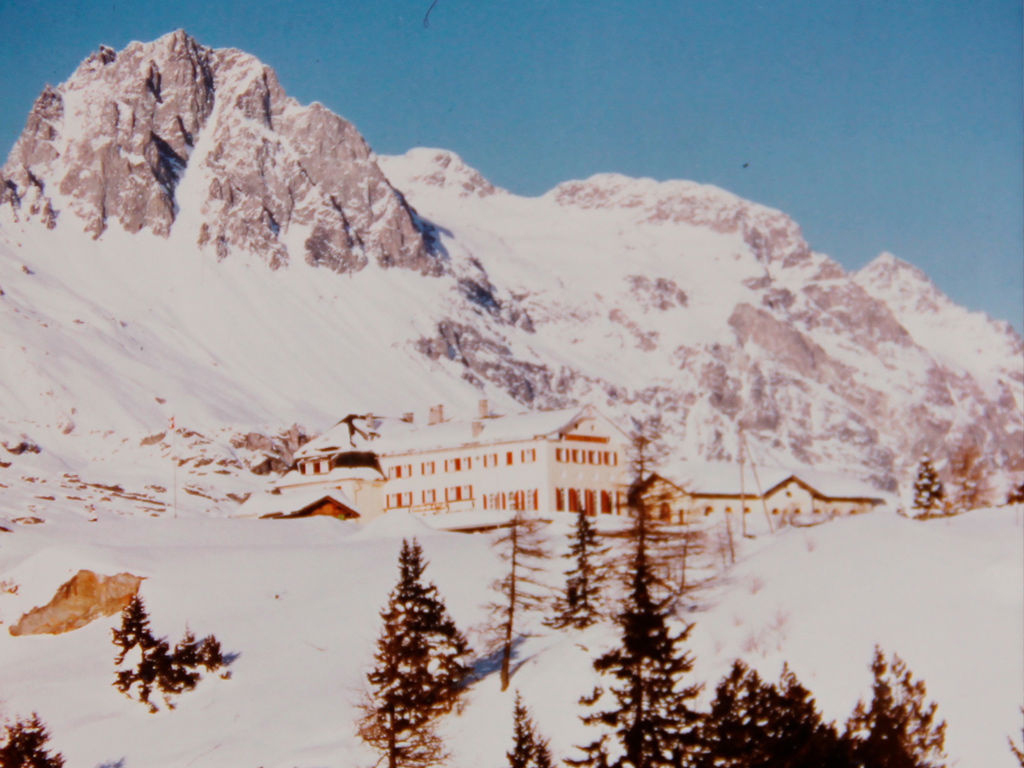
As early as 1500, this site hosted a stopover or a simple hostel with an adjoining stable, offering shelter to travelers.
In 1646, by expanding the stop southward toward the Muretto Pass, Agostino Gadina had a double house built, featuring a central corridor with staircases and granite flooring, and ceilings with cross vaults. On the ground floor were storage rooms and cellars, sharing the same vaulted structure. On the first floor, on both sides of the corridor, were the two Stüe, above which the sleeping rooms were located.
The original 1646 house was further expanded in 1870, again in the direction of the Muretto Pass, with the addition of a new wing housing a large hall on each floor. At the same time, a separate large stable with a south-facing barn was built.
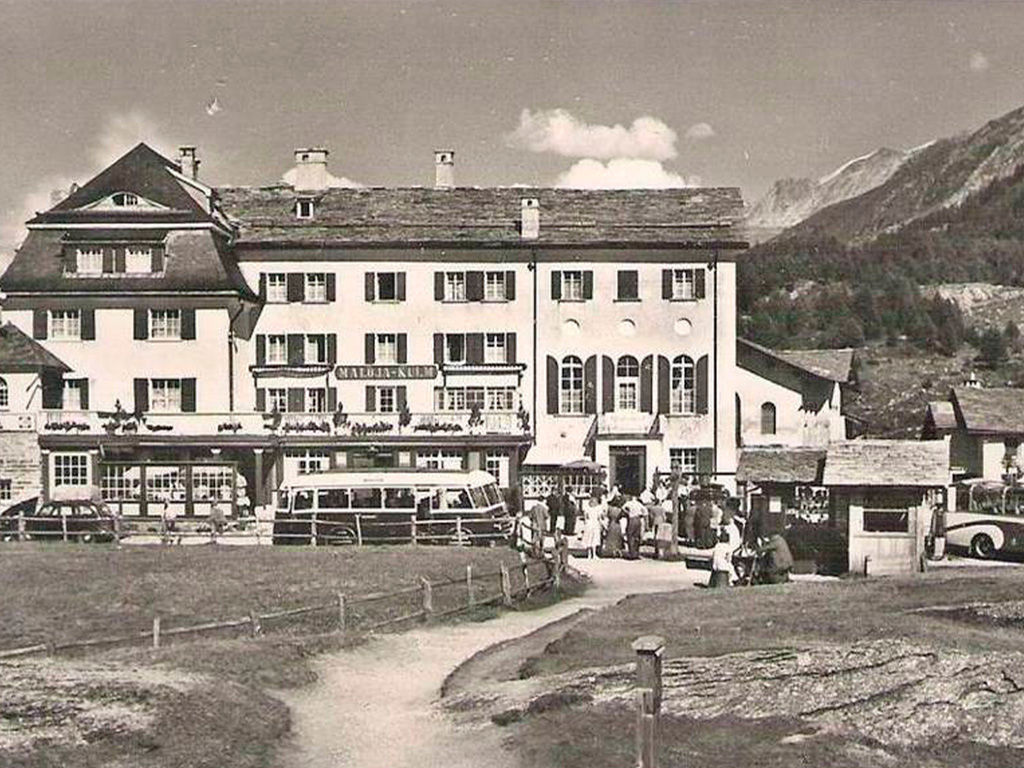
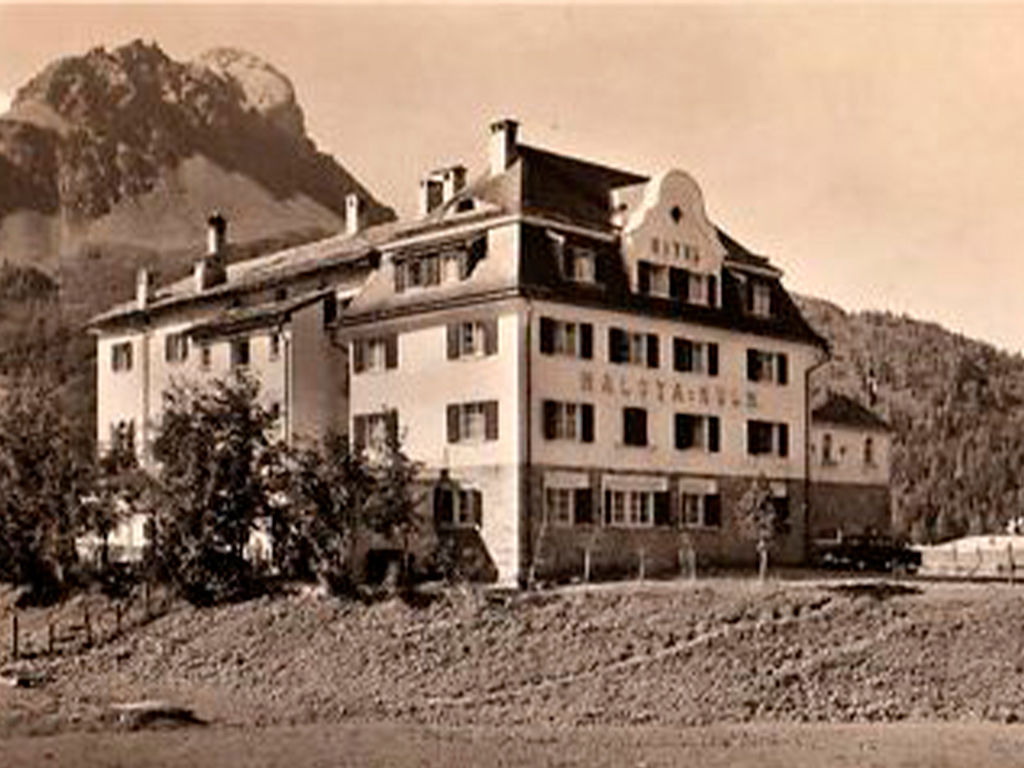
In 1910, the old northern stop was replaced by the building that still today defines the silhouette of the Maloja Kulm—a work by the Grisons architect Nicolaus Hartmann Jr. The structure is distinguished by the pictorial design of its façade, in the regionalist style of the time (Heimatstil), featuring a mansard roof with its characteristic ridge, the Sentergiebel. The building includes a side corridor with service rooms on the ground floor, and four rooms on each of the upper floors. From the second half of the 20th century, several internal renovations and the construction of various annexes took place—many of which were later demolished during the 2018 restoration. This intervention, developed through a philological reading of the site’s history, aimed to highlight the most architecturally significant features of the original complex. The stable with a south-facing barn was unfortunately demolished shortly before 2000 and was regrettably replaced by vacation apartments.
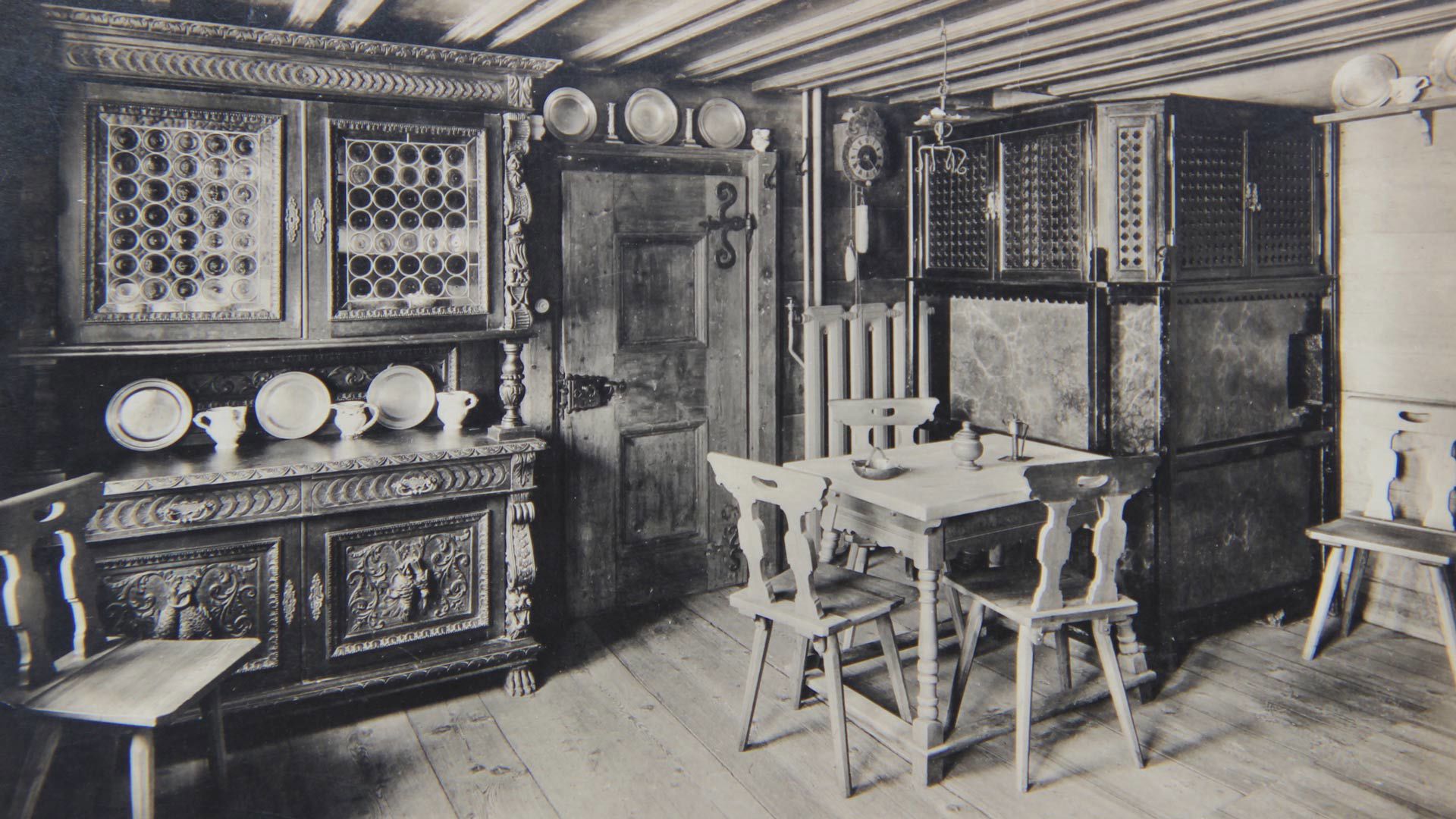
Maloja Kulm is such a fascinating place that the Swiss writer Conrad Ferdinand Meyer set the third chapter of his 1876 novel “Juerg Jenatsch der Heilige”, within its walls.
The novel celebrates the exploits of the symbolic leader of the Grisons’ struggle for freedom and independence, and it is here—at the Maloja Kulm—that the famous conspiracy unfolds.
But the Maloja Kulm must also be counted among the protagonists of the entire history of tourism in the Engadin, ever since its earliest beginnings.
In more recent times, many jet-set personalities and VIPs have been captivated by the charm of Maloja Kulm. Among them: Charlie Chaplin, the legenary Charlot—as evidenced by several well-preserved photographs—and Henry Kissinger.
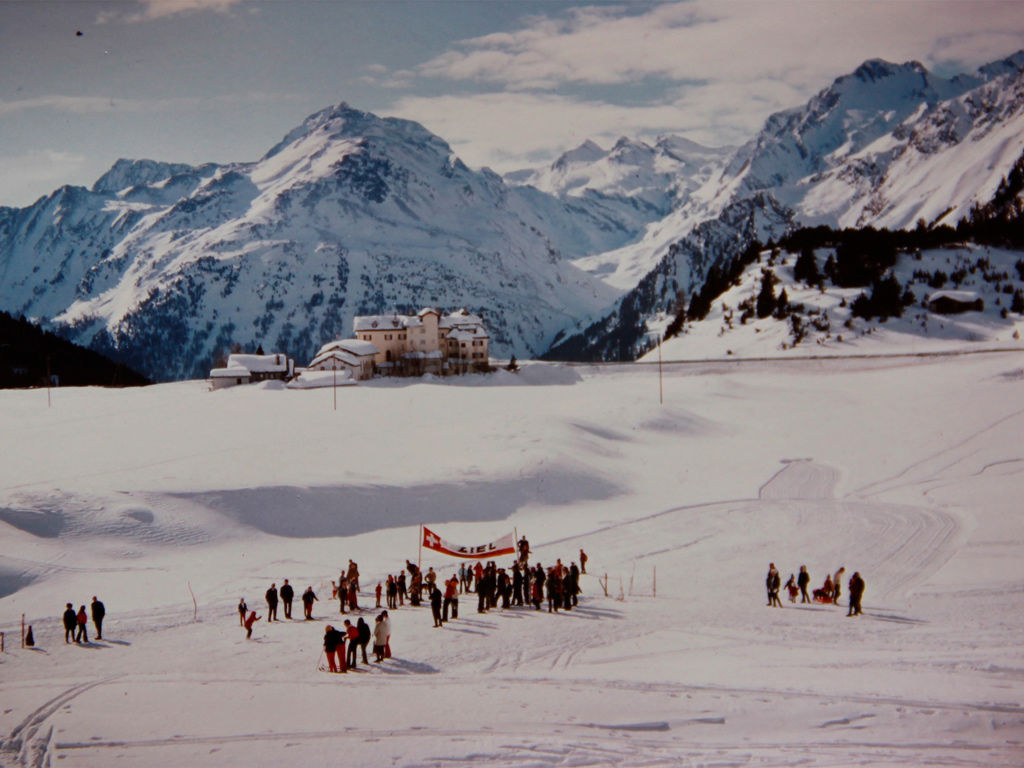
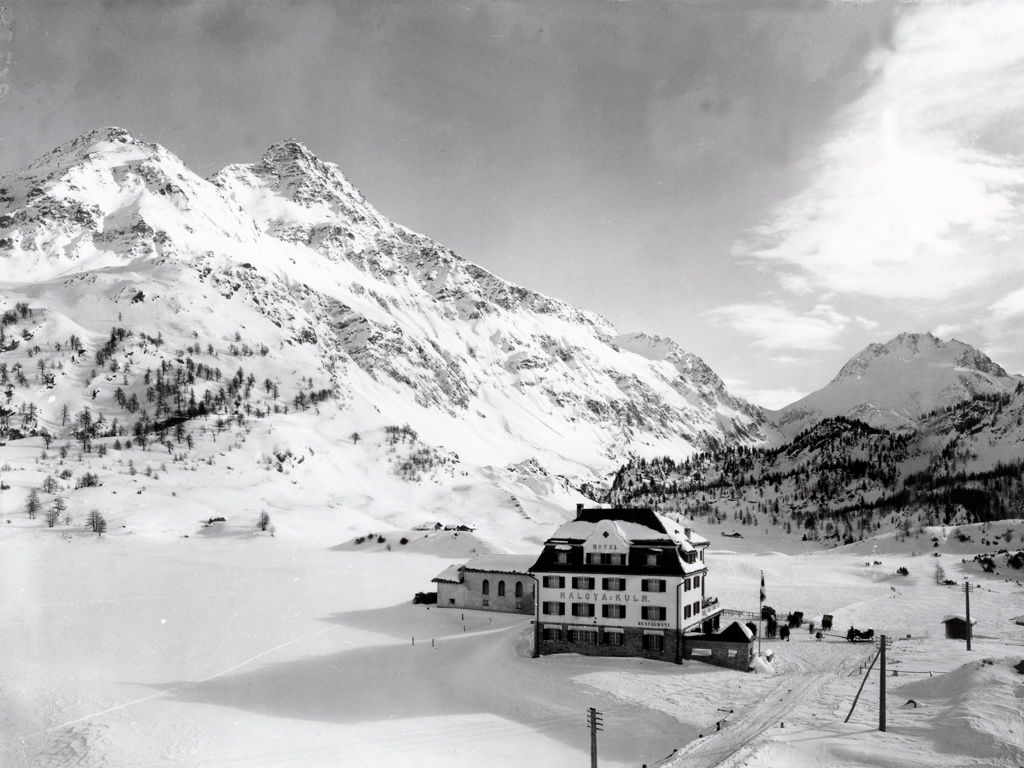
The origins of the Zavaritt family, owner of the historic House, are documented in Samedan and S-chanf as early as 1512, when the valley was still part of the so-called Free State of the Exalted Three Leagues. Originally peasants and artisans, the Zavaritts became merchants by the end of the 1700s, focusing mainly on silk and maintaining stable commercial relations with Russia and northern Europe.
This activity gradually moved their center of interest towards Bergamo, where - thanks to the milder climate - it was possible to raise silkworms. Moreover, as the city belonged to the Republic of Venice, trade was further facilitated.
There, they became landowners and later industrialists, mainly in the textile sector, like many other Engadinese and Swiss Reformed families who emigrated to Lombardy, with whom they were related.
The family still resides in Bergamo, having always maintaining a close bond with their native valley.
The Engadin patrician families of the von Planta and von Salis Soglio are among the ancestors of the Zavaritts.
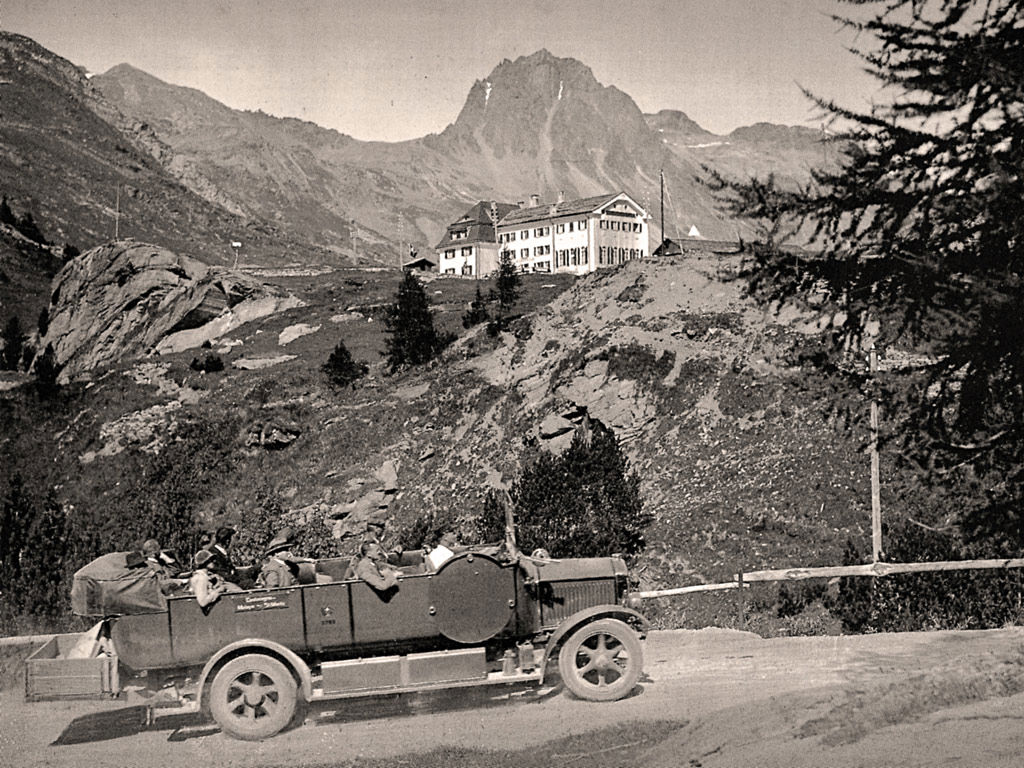
Already in 1899, in issue no. 278, the English magazine Country Life Illustrated included the article “Cycling In The Engadine”, which mentioned the Maloja Kulm, stating: “(…) Maloja Kulm (…) is at the very summit of the pass itself. The top of the Pass, nor proposes to descend thither, to lengthly pause should be made by the projecting rock in front of the Hotel Maloja Kulm, which a view of the famed Bregaglia Valley. One peers downwards from this rock into a first sight resembles a yawning gulf, but through which one discerns the windings of a steep road among thick groves of pines (…)”.
